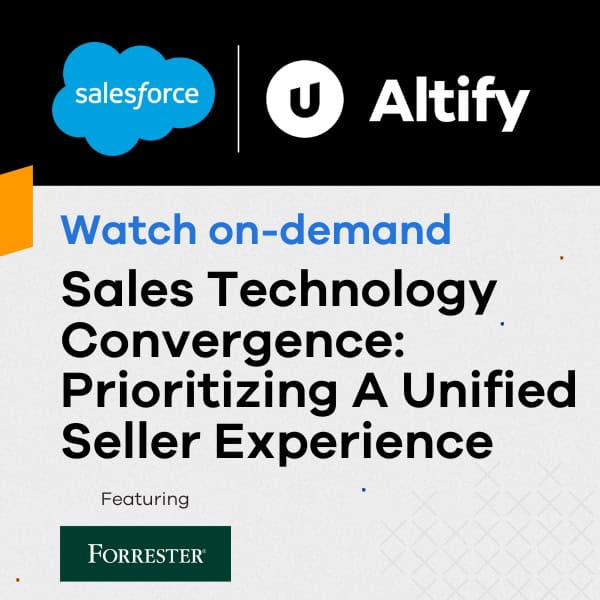Change. A small, very common, and seemingly innocuous word that puts fear into the hearts of many. It provokes varied reactions in people, regardless of whether they embrace it or resist it, because it is a constant presence, like time, churning away relentlessly. It’s important to understand why and how change happens, so that you can deal with it, shape it, or let it flow over you, depending on how you feel about it.
People who are against change, who fear its consequence, voice their arguments vociferously. Those who might benefit, sit back skeptically, disbelieving that good things will actually happen.
Many would say that the natural human impulse is to resist change, and this presumably gives rise to the phrase “better the devil you know”. Every time you commission or deliver training, you’re coming up against this impulse. It makes sense to us all, but then we just go ahead and order those workshops anyway. We just ignore the mountain of research that tells us that change doesn’t happen this way.
Change isn’t all bad. Winning the lottery will change most people’s lives. And most would gladly welcome that change. It is when change is accompanied by unknown outcomes, unclear benefits, or uncertain consequences that such change (justifiably) engenders fear and resistance.
Those of us in the sales transformation business are of course in the change business. If you don’t effect a change in behavior, you don’t achieve positive results. Some of us purport to embrace change, while not really carrying through with it. Others resist it actively, perhaps because it doesn’t allow them to control or at least manage a defined set of circumstances.
Positive change can be delivered through effective communication. Clarity of purpose, current state and desired state, and the change journey, all communicated openly and honestly, combine to convert ‘change recipients’ to ‘change participants’.
At The TAS Group, we’re in the business of helping companies achieve sustained and predictable revenue growth. In fact we’re in the sales change business – or better put, the ‘business change’ business. Some companies come to us looking for traditional sales training or consulting advice. We could take the money, since the customers seems to know what they want; it’s the path of least resistance and we’ll get the sale, nice and quick. But then they will fail. Their money will be wasted and that’s not the business we are in. We choose not to participate. Maybe this is the reason why Aberdeen Research recently gave us such high marks. This market is littered with wasted training dollars and multitudinous sales training customers and sales training suppliers who are complicit in recidivist failure. Something has to, well, change and I’ve written about this in an earlier blog post.
If you’re embarking on a sales effectiveness initiative, and you’ve not fully considered the change you want to effect, the desired return for all stakeholders, the journey you want each change participant to take, with signposts, milestones and measurement, and the ‘before-and-after’ communication and implementation program, then I’d suggest you put your money back in your pocket, or invest elsewhere.
Whether you engage with The TAS Group or another provider, our Customer Success Charter might help guide your journey. If you follow the guidelines set out therein, your sales effectiveness initiative becomes not just an event, but a really impactful and transformative project, involving people, access, credibility and results far beyond what you had in mind when you thought you’d buy a few workshops. It might seem easier just to do it the old way, but you’re curing neither the symptom nor the cause of suboptimal sales performance – and to me that seems like a waste.
Whoever you pick as your sales effectiveness partner, be sure to investigate how they can give you confidence that they understand what it takes to align with your goals. I’ve written before about the fact that being a customer can be just as hard as being a supplier, and that the impact on a customer of a poor buying decision is usually greater that the impact on salesperson of losing a sale. Make sure your supplier understands that and that they act accordingly.


